Charger Xtar WP6 II
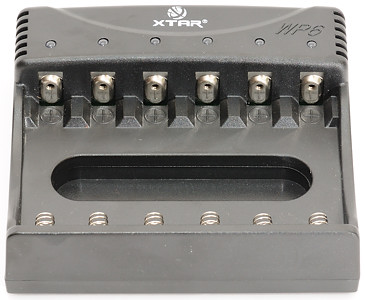
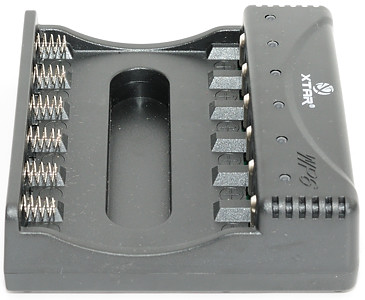
This charger was introduced in 2010 and updated in 2011 to the II version. It has 6 channels, i.e. it can do 6 cells independently of each other. The new version of the charger is using another charging algorithm and includes spacers that can be mounted on the plus connection.

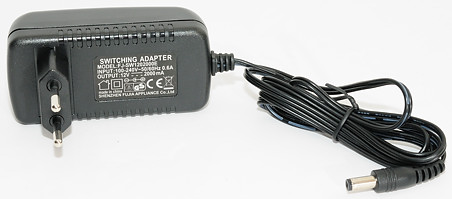
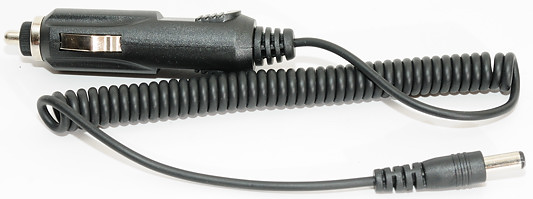
The charger is powered from a single 12 volt DC connector, this connector can be powered from either the supplied AC adapter or from a car adapter. The AC adapter I got is a universal voltage adapter (100 - 240 VAC 50/60 Hz) with a plug for European use.
There is a led for each channel, this led will be red when the charger is charging and green at all other times.
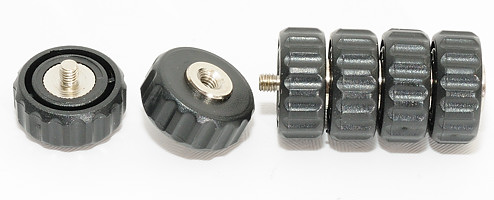
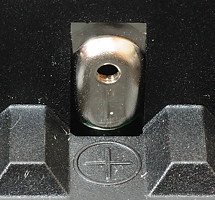
The charger is supplied with spacers that can be mounted on the plus terminal on the charger. Because the spring in the charger is longer than a spacer, it is possible to adapt the charger for any cell that is below 70mm in length.



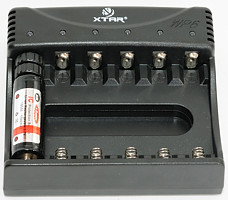
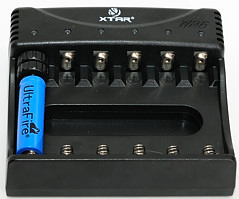

The charger can handle 70 mm long batteries, including flat top cells.
Measurements
Below 1.5 volt the charger does not charge, it discharges with a less that 4 uA.
Between 1.5 and 2.8 volt the charger charges with about 100 mA.
Between 2.8 volt and 4.2 volt the charger is applying regular charge current (See curve below).
When the charge current goes below 150mA the charging is stopped and it will discharges with < 10 uA.
The charger will not restart charging before the battery has been removed or the voltage goes below 1.5 volt.
When charger is disconnected from power, but with a battery in, it will draw below 300uA from the battery.
The channels works in pairs, when using both channels in a pair, the charge current is doubled, but only applied half the time.
The charger switch to dual channel when it needs to charge on both channel, when one battery is full it switches back to single channel mode.
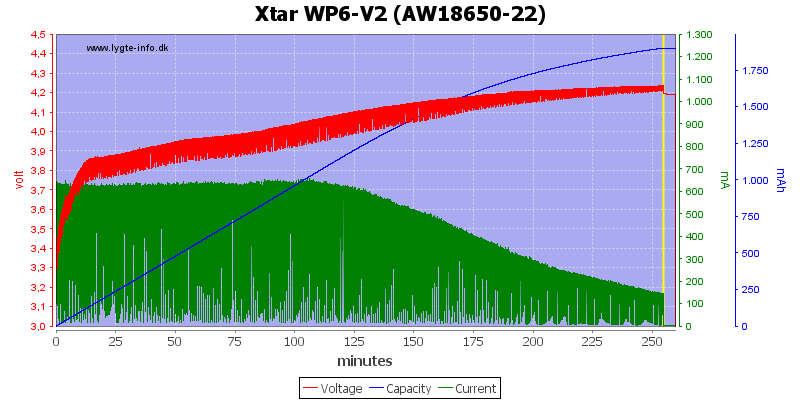
The charge curve looks like a CC/CV charger, and it stops at a rather high charge current. This is not a real problem because the charger measures the voltage with charge current turned off, this means that the charging is not a real CC/CV charging, and the batteries is filled completely, even when the current is turned off at 150mA.

Same battery, but on another channel. There is a good match between the channels.
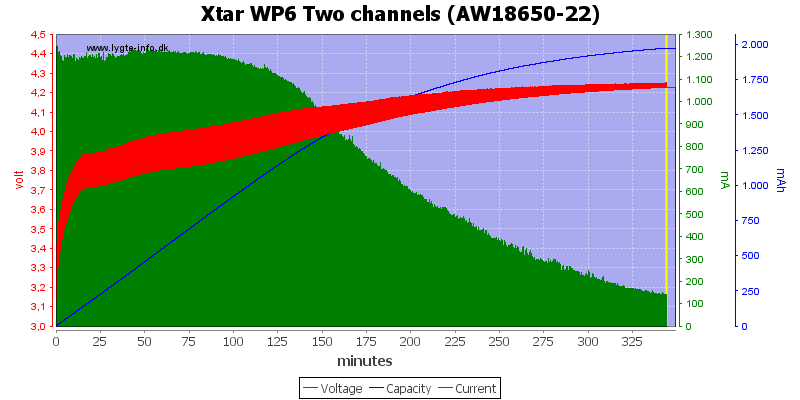
Same battery, and also using the adjacent channel for another battery, the current is doubled, but only applied half the time, i.e. on average same charging current. This increases the charge time!
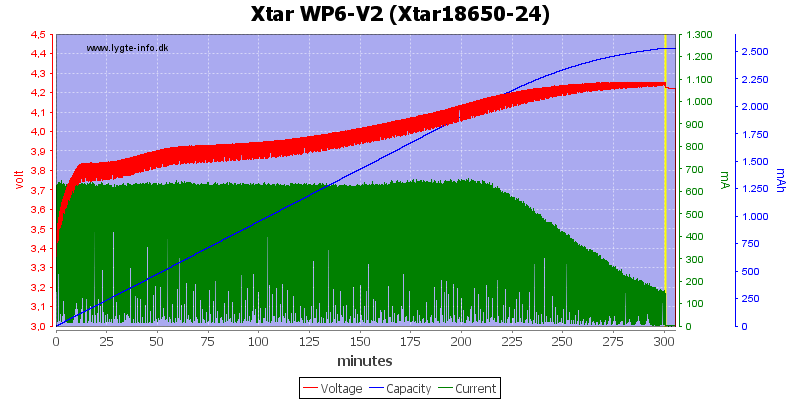
A new LiIon cell with a low internal resistance and marked 2400 mAh. It takes 5 hours to charge this cell and with six channel it is possible to charge up to six cells in under 7 hours (3 cells can be done in 5 hours) .
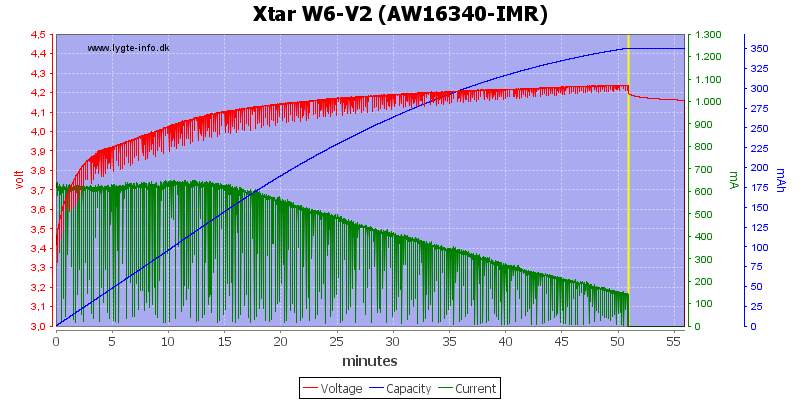
My old 16340 IMR cell. The charge current is just within range for 16340/RCR123 cells (IMR 16340 is no problem, they can be charger at 1.5 ampere).
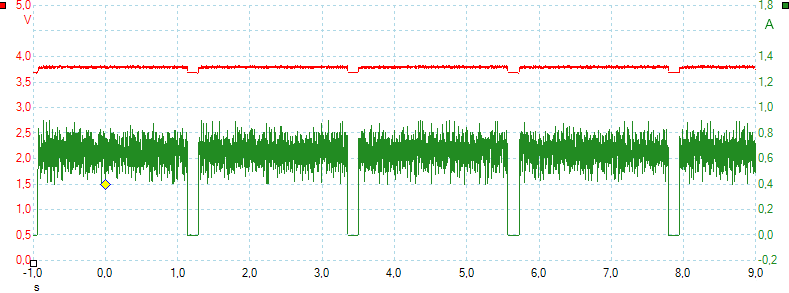
A closer look on the current shows that the charger stops charging each time it want to measure voltage. This has the advantage that all connection resistance can be ignored and noise from the charger is eliminated.
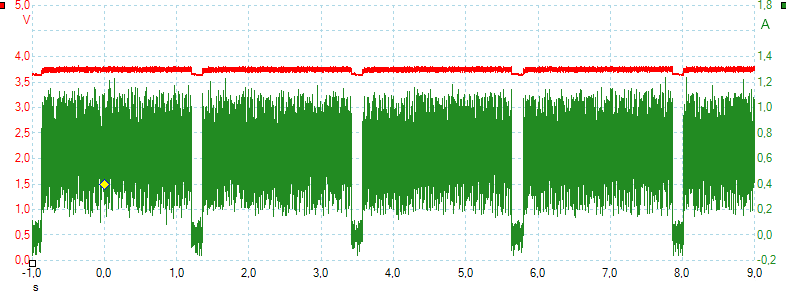
The first curve did not show much noise in the charge current, but that was because I used a filter. Without a filter it can be seen that it contains a lot of noise.
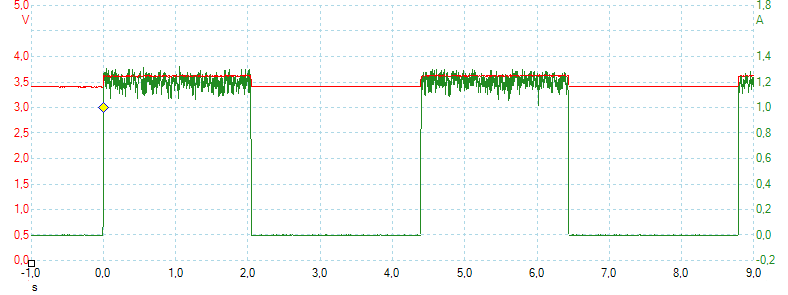
With two batteries in adjacent channel the use of double current and only 50% of time charge time on a channel, can be seen on this scope trace. Current is on in about 2 seconds and off in about 2.3 seconds. Note: This switching between channels cannot be seen on the leds, they show a stable red light while charging.
Conclusion
The charger has a CC/CV like charge profile, the termination is not according to manufacturer recommendations, but works fine in practice. The support for long 18650 and included spacers makes this charger fine for 18650, 18500, 16340 and 14500 cells. With 6 channels it is possible to get a lot of cells charged in a reasonable time (Two 600 mA channels is faster than one 1200 mA channel when charging two cells). No charging at low voltages might give problems activating a tripped protection.
Notes
Here is an explanation on how I did the above charge curves: How do I test a charger
The charger was supplied by XTAR for a review.




















